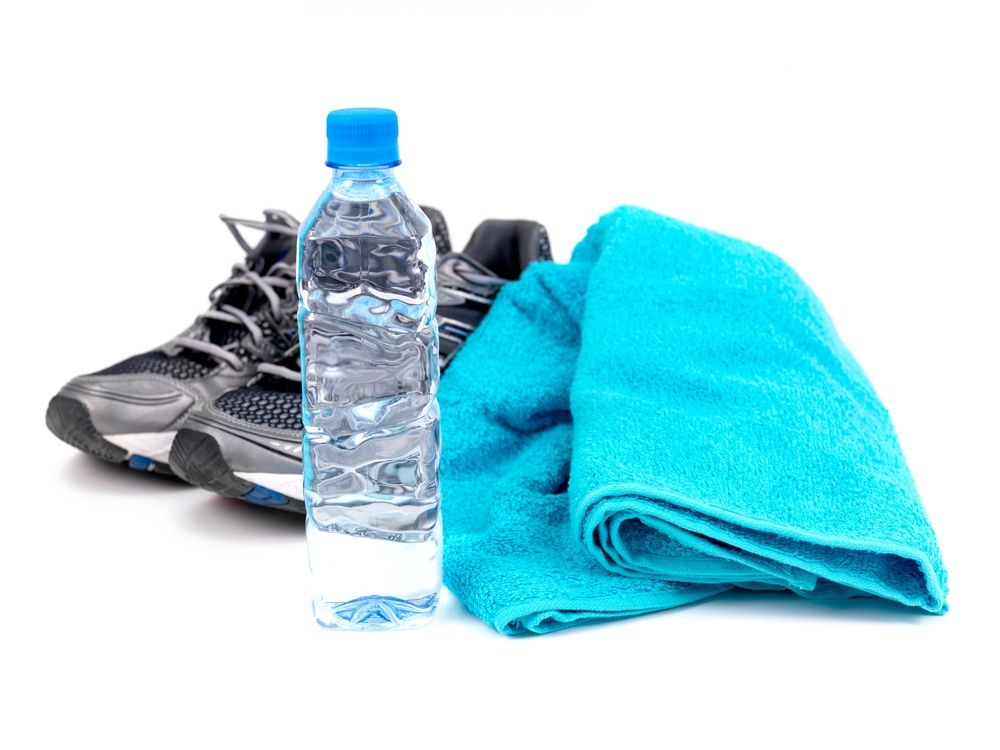Test of Sitting and Standing Predicts Mortality

A person's risk of death can be predicted by a simple test that assesses his or her ability to sit on the floor and then stand up, a new study from Brazil suggests.
The study involved more than 2,000 people ages 51 to 80. They were asked to sit down on the floor, and then stand up, without using their hands and knees to help them, if possible. People were given a score out of 10 (five points for sitting and five for standing). with a point subtracted every time they used a hand, knee or other body part for support.
Over the six-year study, which ended in October 2011, 159 people died, mostly those with lower tests scores.
People with the lowest scores on the test (between 0 and 3) were five to six times more likely to die over the study period compared to those with the highest scores (8 and above), the researchers said. Each point increase in a person's test score was linked with a 21 percent reduction in their risk of death.
The results held even after the researchers took into account factors that could affect a person's survival, including age, gender and weight.
The test is a quick way to evaluate a person's muscle and bone strength (musculo-skeletal fitness), the researchers said. [See 7 Common Exercise Errors — And How to Fix Them.]
"If a middle-aged or older man or woman can sit on and rise from the floor using just one hand — or even better without the help of a hand — they are not only in the higher quartile of musculoskeletal fitness but their survival prognosis is probably better than that of those unable to do so," study researcher Claudio Gil Araújo of Gama Filho University, in Rio de Janeiro, said in a statement.
Sign up for the Live Science daily newsletter now
Get the world’s most fascinating discoveries delivered straight to your inbox.
High scores on the test may indicate that a person can successfully perform a number of daily activities, Araújo said.
"It is well-known that aerobic fitness is strongly related to survival, but our study also shows that maintaining high levels of body flexibility, muscle strength, power-to-body weight ratio and co-ordination are not only good for performing daily activities but also have a favorable influence on life expectancy," Araújo said.
A study published in 2010 found that poor performance of a test of grip strength and balance was also associated with an increased risk of death.
The new study is published online today (Dec. 13) in the European Journal of Cardiovascular Prevention.
Pass it on: A test that asks a person to sit on and rise from the floor is a good predictor of mortality.
Follow Rachael Rettner on Twitter @RachaelRettner, or MyHealthNewsDaily @MyHealth_MHND. We're also on Facebook & Google+.

Rachael is a Live Science contributor, and was a former channel editor and senior writer for Live Science between 2010 and 2022. She has a master's degree in journalism from New York University's Science, Health and Environmental Reporting Program. She also holds a B.S. in molecular biology and an M.S. in biology from the University of California, San Diego. Her work has appeared in Scienceline, The Washington Post and Scientific American.











